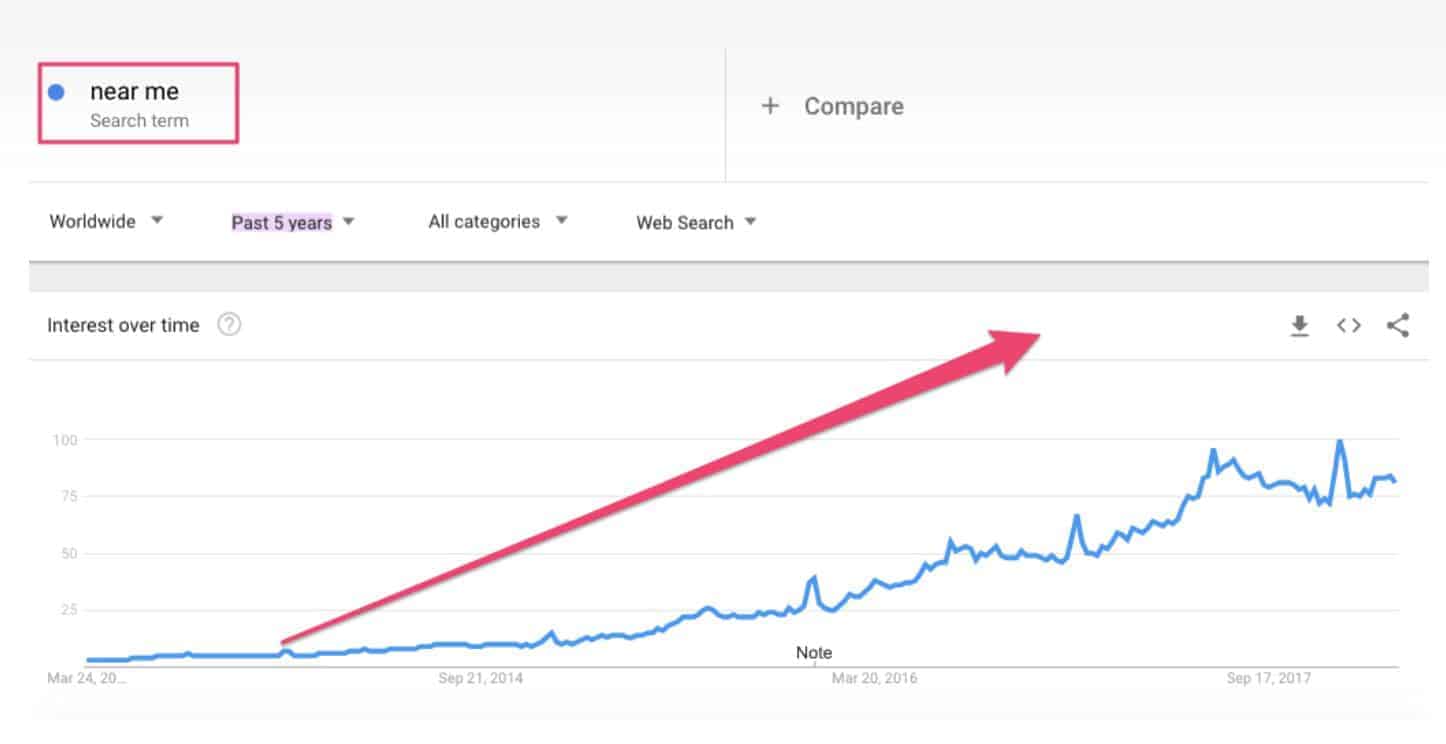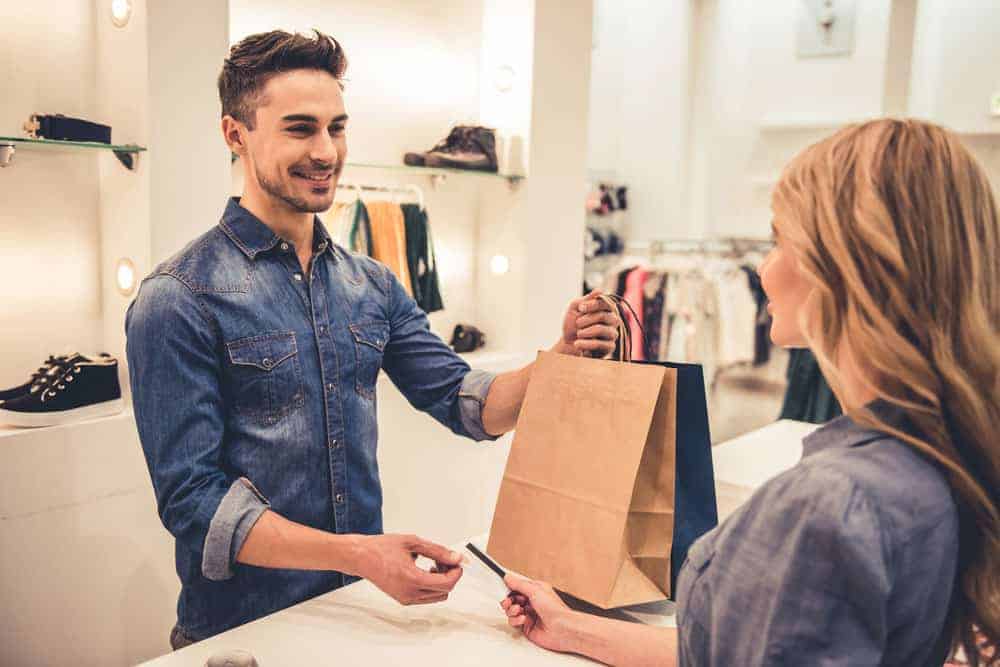E-commerce and traditional retail are merging and overlapping in all kinds of innovative ways these days. From in-store coupons delivered digitally, to location-based ad targeting, to tracking people who browse in-store but buy online, new techniques are emerging to help retailers learn more about their customers than ever before.
This is coinciding with a rebirth of confidence in brick-and-mortar retail: in recent years, purely e-commerce companies like Everlane, Casper, and Mme. LaFleur, among others, have opened physical stores in cities across the country. In fact, according to RetailDive, digitally native brands are set to open more than 850 physical stores between 2018 and 2023.
Part of this is due to the fact that, as Zenreach reports, 85 percent of retail purchases are still made in-store, despite the seemingly overwhelming growth in e-commerce.
But there’s a problem that many companies, whether they’re e-commerce brands breaking into physical retail, or the other way around, are finding themselves with.
Your customer online is not the same as the one who shops in-store—even if it’s the exact same person.
What does this mean?
It means that all that data that you have on your customers’ digital behavior cannot be used to explain their behavior in-store, or at least, not in a silo.
In other words, what a customer clicks on when they see one of your social ads, or browse your website on their laptop or phone, may not have much to do with the kind of items they’re looking at in-store. It may not even indicate that they intend to actually buy anything.
So what’s a crossover retailer to do? Here’s how to make sure your digital marketing is truly driving in-store traffic and purchases.
Realize that the same e-commerce tactics that made your brand successful online won’t work the same way in-store.
If you’re an e-commerce brand breaking into the world of physical retail—even a wildly successful brand like Casper or Amazon—you’re going to have to use different marketing tactics to get people to actually walk in to your store than you did to get them to visit your website.
Why?
Well, quite simply it’s because the behavior we display online doesn’t always match up with our real-life buying habits or abilities.
Here’s one example that the folks at AdWeek and Zenreach used in a recent webinar. Take Mercedes-Benz. Anyone can browse the website from the privacy (well, relative privacy!) of their own device. You can look at the newest model, add on the most high-end features, and watch a test drive video.
But a large percentage of the people who are doing that on the site that would not be comfortable walking into a dealership, asking the salesman to test drive the latest model, and inquiring about features. And that means that the number of engagements on the website is not a true indicator of the number of potential customers who may walk into the dealership.
Now that we’ve dealt with that disconnect, let’s talk about how digital marketing and in-store traffic are connected, and how your marketing can be used to drive your in-store purchases.
Digital tactics let you identify your most loyal customers
If there’s anything digital marketing is good for, it’s tracking.
With conversion pixels, cookies, etc. you can track a person’s online behavior with an incredible degree of accuracy.
One way to put this to excellent use in-store is to create a loyalty program. Loyalty programs can be delivered online, via email, for example, offering customers rewards if they shop in-store. The customer gets a reward like a discount, coupon, or early access to new products, while the retailer gets data on the customer’s buying habits. The loyalty program can then show you who’s buying from you most often, what they’re buying, and at what rate they’re returning.
Now, there are issues with these programs, of course—inevitably, POS staff will forget to ask some customers if they’re enrolled, and some customers will forget to use it—but they do allow you to gather data on the buyers who are coming back over and over, as well as drive more return customers back into your store.
Optimizing for local SEO will put your brand in front of more potential in-store customers
It’s one thing to optimize your website for SEO, but what about local SEO? Have you made it incredibly easy for potential foot traffic to find you?
Think of this as the “near me” search. You’ve probably used this phrase yourself while googling something—”gas stations near me” or “pizza near me.”
According to Neil Patel, these types of searches have been steadily growing since 2012.

Source: neilpatel.com
To optimize for this type of search, the most important thing to do is keep your Google My Business listing updated at all times. That means listing your hours, updating them for holidays and seasonal changes, adding in photos with location tags, and encouraging happy customers to leave reviews.
In addition, you’ll want to add your business’s name, address, and phone number to every page of your website (the best place for this is generally at the bottom of the page).
Implement new technology like the Walk-Through Rate
One of the technologies that’s proving the most intriguing is something by a company called Zenreach, called the Walk-Through Rate.
The technology uses a store’s Wifi to track the mobile devices of customers who connect to it. Customers who have seen a marketing message, and walk into a physical store afterward, are counted. Reports then allow brands to fine-tune their digital marketing efforts like emails and ads for optimal results.
What this does is take brands past the “counting clicks” stage and into the “counting customers” stage. It’s a similar leap to when brands began realizing that just getting views of their content wasn’t enough—engagement is what matters.
With physical retail, clicks on your emails or ads are all well and good, but if they don’t actually spur customers to walk into your stores, are they really working?
The overlap between in-store and online retail will only grow larger as time goes on. Is your brand making the most of this potentially huge opportunity?
For more on the confluence of in-store and digital marketing, read our post “How to Bring Customers Happily Home to Your Brand: An Illustrated Journey.”





